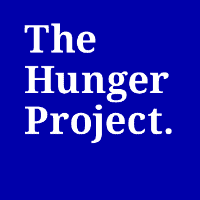In the wake of increasing evidence that access to information can dramatically improve outcomes in rural communities, The Hunger Project recognizes that it’s more important than ever to document and share easy-to-use and cost-effective practices for local data and transparency initiatives.
That’s why The Hunger Project involves the community in not only collecting data—but also in bringing information and analysis back to the communities. Community members need to see the results and benefits of the program interventions – their own efforts — under way, to avoid it becoming simply an externally imposed demand on their time.
The first step of showing these results–once data collection and analysis have concluded—is presenting the data on “Transparency Boards” on a central building, where information on the planning, performance, and financial status of activities are permanently posted. This is a powerful tool for accountability, empowering community members to follow up with leaders at any time regarding their concerns and allowing them to arrive at quarterly and annual meetings already armed with information. Communities use this data to make decisions about activities and short term planning.
On a recent trip to Malawi, The Hunger Project’s Director of Monitoring and Evaluation interviewed an Epicenter Program Officer on what’s on the boards, the importance of them and how things have changed in the community since their implementation.
Watch the video:
This is the second installment of a series on community data at our two of our epicenters in Malawi and Mozambique. Read the first post in the series.
